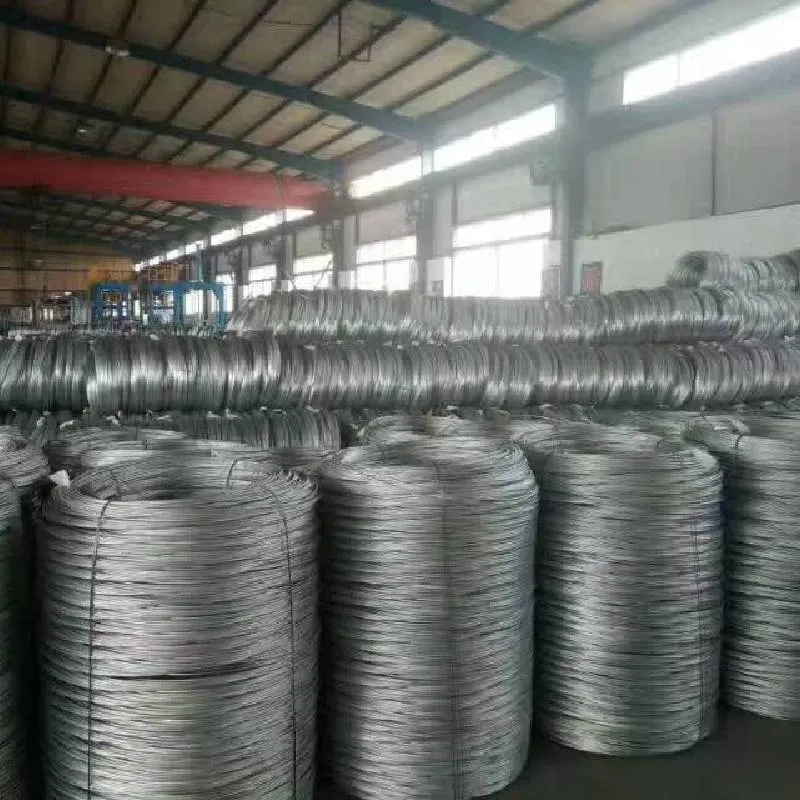
- Mobile Phone
- +8613931874955
- sales@cntcmetal.com
Techniques for Corner Edging in Plastering Applications and Best Practices
Corner Edging for Plastering The Key to Perfect Finishes
Plastering is an essential skill in construction and interior design, influencing both the structural integrity and aesthetic appeal of spaces. One of the most crucial aspects of plastering is achieving clean, sharp corners. This is where corner edging comes into play. Corner edging not only enhances the appearance of plastered walls but also provides durability and protection against wear and tear. In this article, we will explore the importance of corner edging for plastering, the types of corner beads available, and best practices for installation.
Importance of Corner Edging
The corners of walls are often the most vulnerable parts of any plastered surface. They are prone to damage from furniture, equipment, and everyday wear. Unfinished edges can lead to chipping, cracking, and even moisture issues over time. By using corner edging, plasterers can create smooth, well-defined edges that not only look professional but also serve to protect the underlying structure. Additionally, corner edging helps in creating a more harmonious flow of design throughout the space, making it visually appealing.
Types of Corner Beads
There are several types of corner beads available in the market, each designed for specific applications and environments. The most common types include
1. Metal Corner Beads These are typically made from galvanized steel or aluminum. They are known for their strength and durability, making them an ideal choice for areas that are subject to high levels of wear. Metal corner beads provide a sharp, defined edge and are often used in commercial settings.
2. Vinyl Corner Beads PVC or vinyl corner beads offer a lightweight alternative to metal options. They resist rust and corrosion, making them suitable for damp environments, such as bathrooms. Vinyl beads are also easy to cut and configure on-site.
3. Paper-faced Corner Beads These beads have a paper facing that allows the plaster or joint compound to adhere better, resulting in a smoother finish. While more fragile than metal or vinyl beads, they can produce excellent results when applied correctly.
4. Bullnose Corner Beads For a more rounded finish, bullnose corner beads are an option. These can soften the transition between two walls, creating a more sophisticated aesthetic that is particularly popular in residential design.
corner edging for plastering

Best Practices for Installation
To ensure that corner edging is installed correctly, it’s essential to follow a systematic approach
1. Preparation Before beginning the installation, ensure that the surfaces are clean and free from dust, grease, or any debris. Measure and cut the corner beads to the required lengths using a utility knife or snips, depending on the type selected.
2. Placement Position the corner bead so that it aligns perfectly with the edges of the walls. Use a level to verify that the bead is straight. It’s crucial that the bead is firmly attached to provide the required support for plastering.
3. Attachment Depending on the type of bead, you can attach it using nails, screws, or adhesive. When working with metal corner beads, it’s common to use steel screws for secure attachment. Ensure that fasteners are placed every 12 to 16 inches to maintain stability.
4. Taping and Finishing Once the corner bead is secured, proceed to apply joint compound over the bead. Use a trowel to feather the edges smoothly into the adjoining wall surface. This will help to hide the bead and create an even appearance once the compound dries and is sanded.
5. Final Touches After the joint compound has dried, sand the surface to create a seamless finish. Apply a primer before painting to ensure that the paint adheres better and provides a uniform look.
Conclusion
Corner edging is vital for achieving a flawless plastered finish. By using the correct type of corner bead and following best practices during installation, one can ensure both aesthetic appeal and durability. Investing time and effort into proper corner edging will result in beautifully finished walls that stand the test of time, enhancing any space’s overall design and functionality. Whether in a home, office, or commercial setting, corner edging is an essential element of high-quality plastering.
share:
-
Your Source for Concrete Wall Ties and Masonry AccessoriesNewsJul.10,2025
-
Unlocking the Power of Iron Wire for Every ProjectNewsJul.10,2025
-
Explore Advanced Chain Wire and Stainless Steel Mesh FencingNewsJul.10,2025
-
Discover the Benefits of Annealed Wire ProductsNewsJul.10,2025
-
Discover China Stainless Steel Wire Mesh SolutionsNewsJul.10,2025
-
Build with Confidence Using High-Performance Masonry AccessoriesNewsJul.10,2025
-
Why Sacrificial Formwork Is Redefining Underground ConstructionNewsJun.06,2025



















